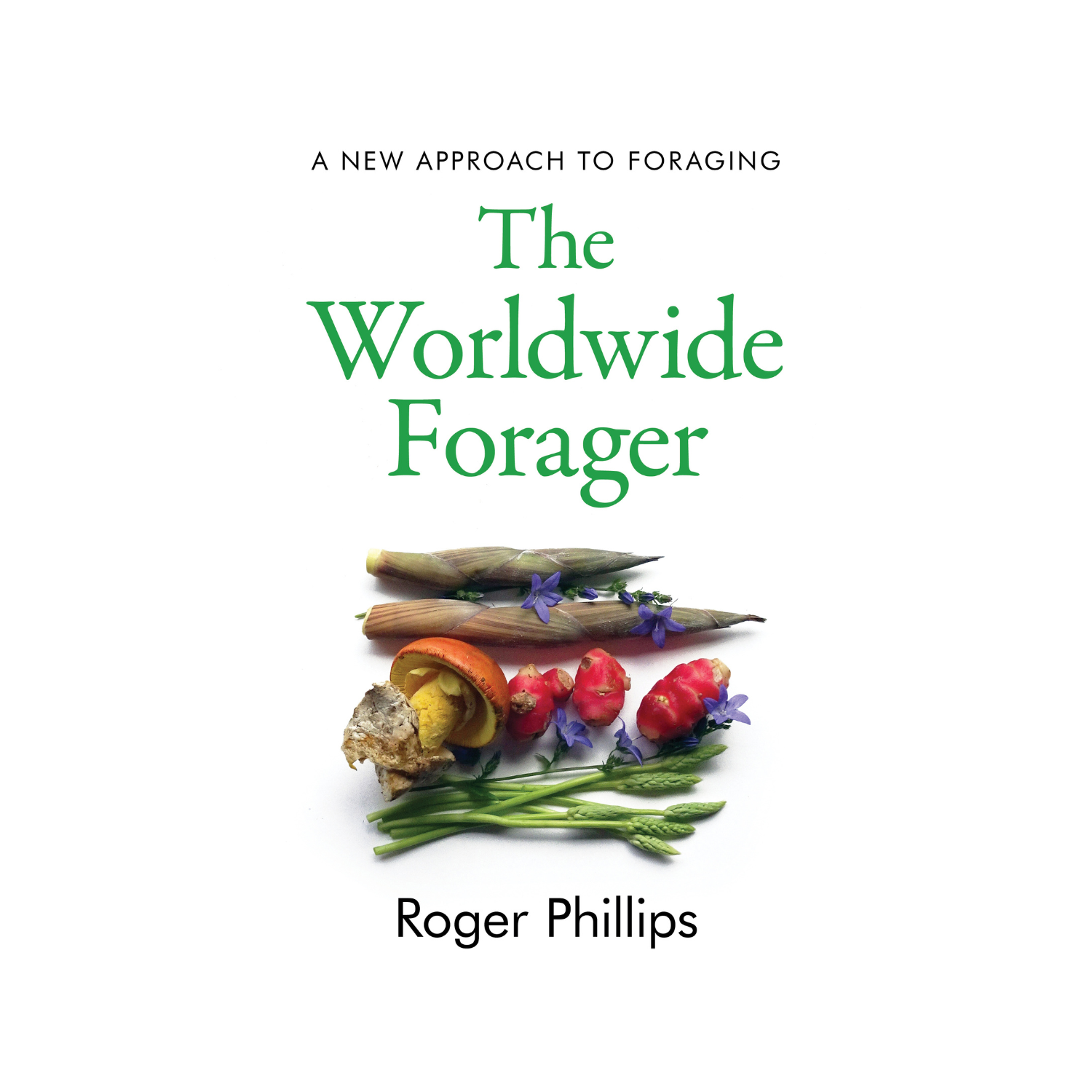
- Home
- The Worldwide Forager
The Worldwide Forager
About The Book
A new approach to foraging
Roger Phillips is the legendary godfather of foraging. Drawing upon decades of experience, his knowledge of wild food is unrivalled and in this richly illustrated book he shares some of his most recently gathered wisdom, collected from around the world.
Roger reveals the edible and therapeutic secrets of our fields, woodlands and flower beds, and suggests tips for sourcing delicious morsels growing throughout the countryside and in our gardens. He also describes the native habitat and history of many fascinating plants and fungi, both common and unusual: from the camas bulbs eaten by the Native Americans of the Pacific Northwest, to the Italian and Spanish favourite, Caesar’s amanita; from hostas, the familiar garden foliage consumed as a succulent vegetable in Japan, to the newly popular Australian citrus fruits.
The Worldwide Forager is divided into four sections: mushrooms and fungi; flowers, leaves and herbs; fruit and nuts; and roots and tubers, and Roger uses each one to provide a wide range of ideas for making your meals more colourful, delicious and sustainable.
Brilliant, full of fascinating facts, personal stories and gorgeous photography
Be a part of our community! 334,112 people from 207 countries have pledged £11,980,334 to fund 646 projects - and counting!
